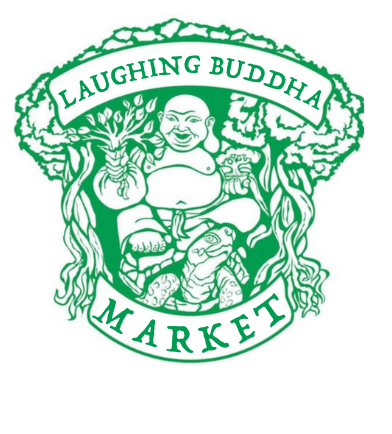Mid Summer at the Farm: Grazing, Browsing & Clipping
It’s the season of exploding forage, so the ruminants (our beef cattle and goats) are eating as much as they can, but this is also the time of the year we we clip the pastures with the bush hog as well.
We could definitely use a little more rain, but dare I say this spring and summer has been a little closer to ideal than any in recent memory in terms of rainfall — not too much, but enough to grow plenty of forage. And somewhat ideal amount of rain we have been getting has led to a bunch of mushrooms around the pastures, a good sign. The more organic matter we add back to the soil, the more fungi will pop up (literally) and help retain nutrients, moisture, minerals and more.
We don’t use herbicides on our pastures, so even with the goat herd, if we don’t clip, lots of broadleaf plants and vines and shrubs grow really tall this time of year, become woody and they can crowd out the warm season grasses. Late cool season grasses can get really tall and lignified and go to seed. We like to keep the grasses in their teenage blaze of growth phase, so clipping in addition to rotating the animals really helps.
For the most part, we’re aiming to clip behind the goats so they get a final pass at all the really tall goldenrod, brambles like dewberry and blackberry, blue vervain and loosestrife as well non-native bunch grass called Vasey grass, that gets super tall, as well.
When clipping, all of the tall woody plant matter gets chopped up and laid down by the bush hog, providing a lot of organic material to help build a humus layer that we desperately need as we continue to rebuild the top soil.
Many farms are cutting hay this time of year, but our pasture quality still isn’t full of enough grasses to make that worthwhile, plus we don’t feel like the soil is anywhere near ready for us to harvest and reap it off. Whatever the animals don’t eat needs to be laid down to give back to the soil. Our land was row cropped for decades, resulting in rock hard, clay pan “soil.” We’ve only been rehabilitating the bulk of our acreage for a few years, so it still has a ways to go!
This time of year, if the main clipping of each field doesn’t coincide with the specific fields our chicken flocks are in, we also clip in front of them. While they benefit from the shade of really tall goldenrod and the like, they can much better ingest shorter grasses and plants and find the bugs better when it’s more their height, as well!
This is just a little snippet of the behind the scenes efforts that go into quality grassfed beef and goat meat and pastured eggs. Lots of land management and deploying the various species to different fields is needed to produce healthy food and heal the land at the same time.









